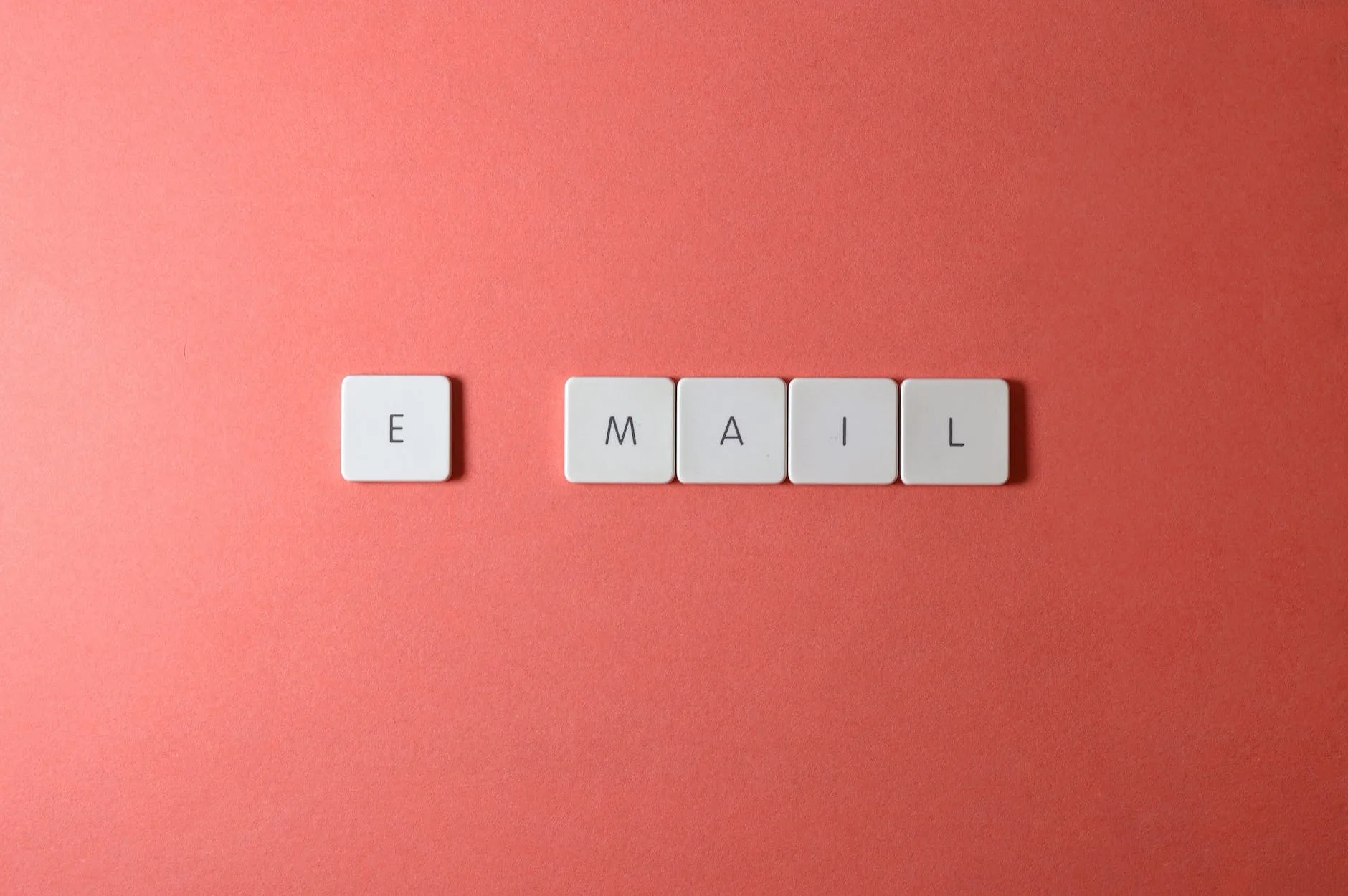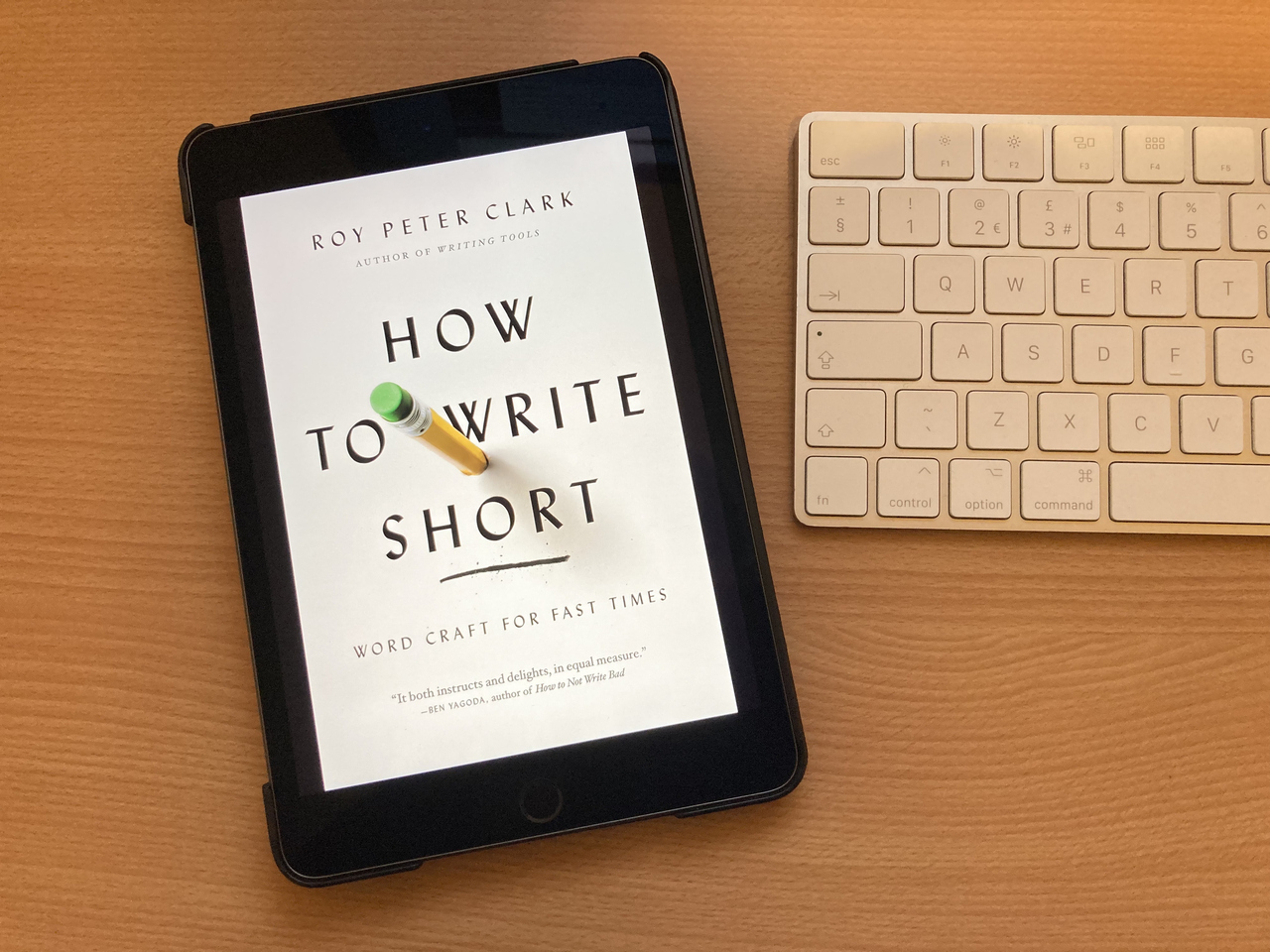
One area I often get asked about, is how to improve email marketing open rates. So, I thought I’d share 10 of the most common reasons why emails remain unopened.
In no particular order.
1. The recipient of your email uses Gmail
Gmail automatically dumps valid emails into the recipient’s promotions folder. This means they get no notification when your emails arrive. As such, open rates plummet. I know from personal experience that my Gmail newsletter subscribers miss over 90% of my emails, unless they’ve added my email address to their contacts list. This happens, even though they used Gmail to double opt-in to receive my stuff.
2. Your email subject line didn’t motivate the recipient to open it
Obviously, people only discover how valuable or interesting your email is, after they’ve read it. To read it they need to open it and to open it, the email subject line needs to motivate them. It needs to compel them to want to find out. Getting this right is trickier than it sounds. That’s because many of the words used to inspire people to open an email, are also triggers for junk mail filters.
3. You sent the email at the wrong time of day or on the wrong day
This can have a massive impact. Despite what some people say, there’s no universally ideal day or perfect time to optimize email open rates. For example, different timing is required for when you target consumers, compared to when you target businesses. Different times also work better for different industries. For example, hotels work completely different hours than accountants. They also have totally different peak times, when they’re unavailable to check email and are least likely to see your message. One time doesn’t work for all. Test and measure until you find your email open rate sweet-spot.
4. The recipient’s email address is on a list you bought
If you’re using a list you bought, rather than one you grew yourself, you’re emailing strangers. And to make things worse, the strangers on these ‘sold lists’ get bombarded with tons of marketing emails, from all the others who bought their email address. This means they’re far more likely to have very, very aggressive email filters.
5. Your list is out of date
Some people work so hard to build their list, that they very seldom remove inactive contacts from it. As a result their lists contain lots of addresses that no longer exist or are no longer monitored. Non-existent email addresses will register as ‘bounces’, and are easily cleaned with email marketing software. Unmonitored addresses, for example, when someone’s left a company, but their email hasn’t been deleted from the system, can still receive emails, so they don’t bounce. Most email marketing software will let you automatically delete contacts after ‘X’ number go unopened. Use it.
6. The content of a previous email didn’t engage the reader
Your next email campaign’s open rate will be impacted by how successful your last email campaign was. The people who failed to engage with your previous campaign, will be less motivated to open the next one. Remember: You never have ‘a list’. You need to earn and re-earn their permission. So stay useful.
7. You send marketing emails direct from your desktop email software
This is a universally terrible idea. Always use a trusted, commercial email marketing provider. These providers can deliver over 99% of your emails every time. By sending your marketing emails via your computer’s regular email program, even to a relatively small list, your IP address can get blacklisted for sending too many identical emails. Once blacklisted, your emails won’t even reach the recipient’s junk folder. Tip: You can check if your IP address is blocked, using Spamhaus.
8. The email content triggered email filters
One of the ways your email junk filter protects you from spam, is by checking the content of incoming emails. If an email contains certain words, this increases the likelihood of that email being junked. These words range from swear words, to words and phrases often used by spammers. Tip: Think hard about the wording you use in your calls-to-action.
9. The email contained too many links or images.
This is closely connected to the previous point. One of the tricks spammers use to bypass junk filters, is to hide their spammy words in images, rather than write the words in regular text. Another common factor in spam is the use of lots of links; certainly more than a regular email might have. So, go easy on the number of images and links.
10. You built your list by offering a freebie
Something internet marketing gurus often fail to mention, is that people seldom use their primary email addresses for give-aways. If your list was built on the back of offering lead magnets, be aware that a subset of the contacts on your list may not be regularly monitored.
Email is a spectacularly powerful marketing tool. And sometimes just a few improvements can lead to dramatically better results. So, take a look at the above points. See if you can identify anything you’re missing, which will improve your email marketing open rates.
Photo by Miguel Á. Padriñán on Pexels.com


















